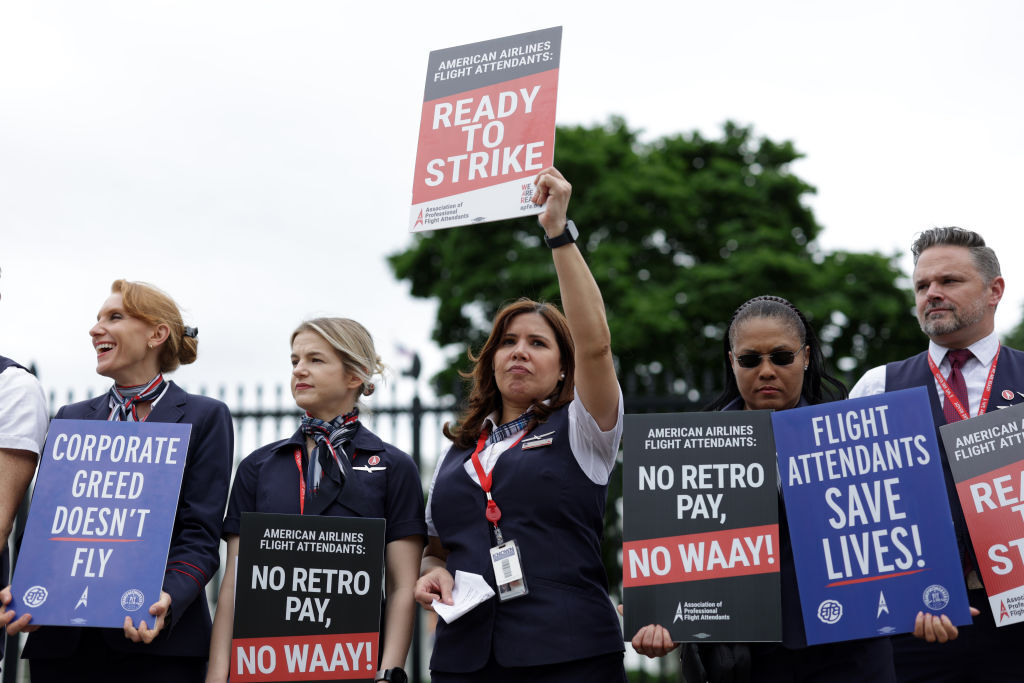- cross-posted to:
- workreform@lemmy.world
- cross-posted to:
- workreform@lemmy.world
For those who didn’t know, the previous standard that still applies to pilots is that paid time runs from parking brake release to parking brake set. In fact, the aircraft parking brake is usually connected to a time clock computer system.
A typical domestic duty day might run for 14 hours, but only include 4 to 6 hours of paid flying. The rest of that time is preflight and post flight duty, including safety checks, managing catering, flight planning (for pilots), and a whole lot of waiting around in airports for the next connection.
If the boarding time pay is really only the boarding period, that’s just a small part of it.
What the fuck. So when delays are happening they’re literally not being paid shit? That’s garbage.
This is why you would get on the plane and push back from the gate and wait even when there was no chance of taking off. The crews were at least on the clock that way.
The massive tarmac delays only ended because of a DOT regulation.
That is fucked up.
A step in the right direction, but not nearly good enough. They should be paid for all the time they are required to follow instructions by their employer - basically from the second they leave the locker room in their uniform, right until they dress back into their private clothes after finishing work.
That’s how it worked when I was working in automotive industry way back when (the clock in/clock out terminal was right next to the locker room door), and that’s how it should work for flight attendants, pilots and everyone else too. Everything else is labor theft IMHO.
Absolutely correct!
I want “driving to work” pay. It’s not something I want to do, so why shouldn’t I be paid to do it? Plus, if you pay me more, I’ll ride a fuckin bus full of crazy people.




